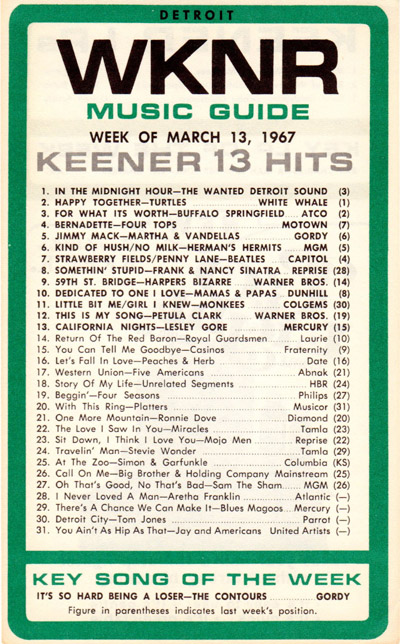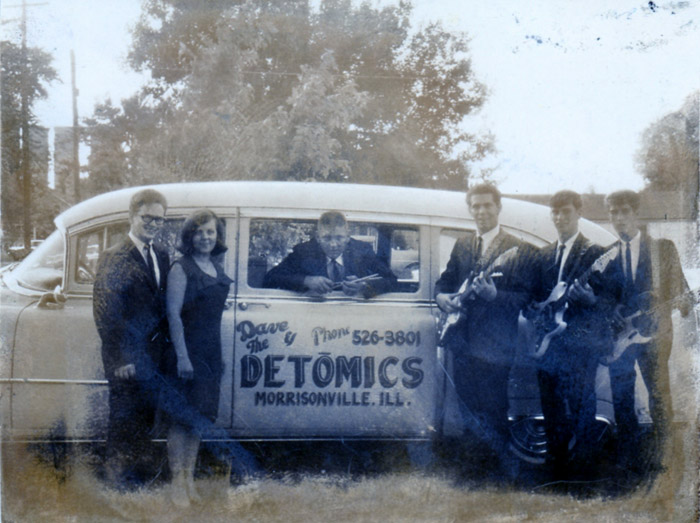
Dave Bethard – lead guitar/vocals
Jeanne Eickhoff – lead vocals
Galen Johnson – rhythm guitar
Steve Westhoff – rhythm guitar, back-up vocals
Vince Slagel — organ and vocals
Terry (Fuzzy) Johnson – bass, vocals
Monte McDermith – bass, lead guitar, vocals
Bill Sheedy – drums and vocals
Dave and the Detomics came from the same southern-central area of Illinois, like Oglethorp and Othelow who I profiled last year. Both groups also had record releases on a southeast Texas label named Van, thanks to the connections of local radio show host Oscar Wells. Wells also recorded additional songs by each group that went unreleased at the time.
In the article below, Dave Bethard tells the band’s story in his own words, with some additional input from band mate Galen Johnson where noted. Dave has been very patient with my questions, and also provided all the incredible photos seen here.
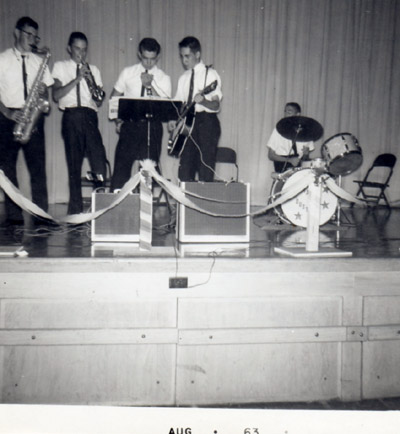
My name is Dave Bethard — formerly of Dave & The Detomics of Morrisonville, Illinois, and the surrounding area.
The whole history of Dave & the Detomics included cousins Galen and Terry Johnson (both from Palmer, Illinois—attending Morrisonville High School) on rhythm and bass guitar prior to the band’s later personnel grouping in 1965/66. Dates are hard to fix, but Galen, Bill, Terry (Fuzzy) and I were at it in 1963 and 1964 as the Majestics too, before changing our name. We added Vince Slagel first. Then, later, Monte to replace Terry, and Steve to replace Galen, and then Jeanne was added, but those dates are hazy to me. Vince and Jeanne went to Hillsboro High School (Jeanne lived in Butler), and Steve went to Litchfield High, Monte to Nokomis, so we had a wide following because of the spread-out geography of our members.
Richard Dean’s article [on Oglethorp and Othelow] is pretty accurate—except for the part that we were a rockabilly band. We never thought of ourselves that way, and certainly didn’t work to sound that way or to learn or perform country and western songs, unless they were on the charts and requested. Admittedly, we all had a Midwest twang, which probably sounded country….but that was not our musical intent. We always thought that we were better on instrumentals, compared to vocals, and we worked hard to do numerous Ventures (and other instrumental) songs—indeed, using a version of one of their songs for our theme and break song for years.
Q. How did the band get the name Detomics?
There used to be a gas station in Springfield (between 5th and 6th streets on the South end of town) where the two streets split from divided back to a four lane heading South. That street was only 1 block long, and on the South side, there was a Detomic Gas station. That’s where the name came from.
We all came up with the name together, democratically. I was the leader, but took equal share with everyone else, and didn’t throw my weight around.
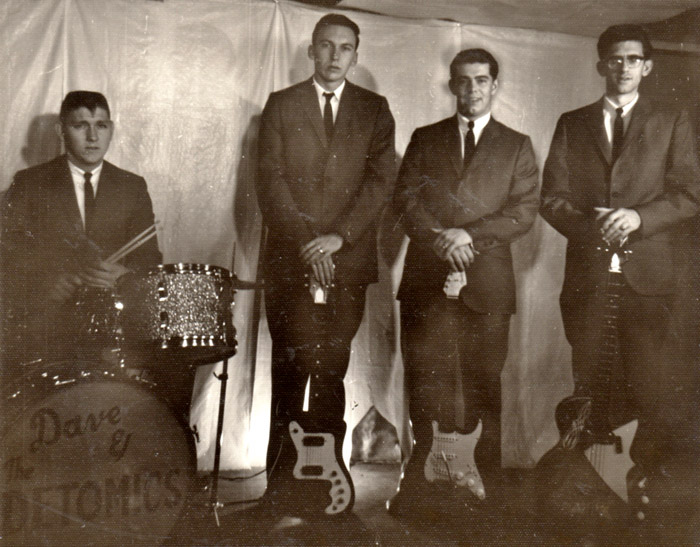
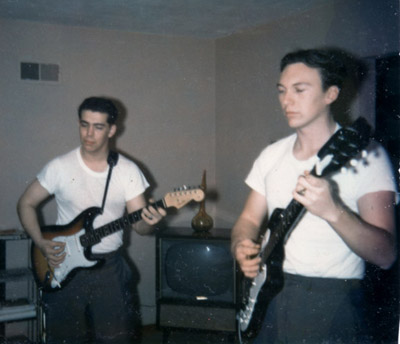
Jeanne was (is) an accomplished vocalist, and her addition certainly made our overall sound better, and our song choices then expanded, allowing us to do more ballads and harmony to accompany her. Along with Jeanne and me, Bill, Vince and Monte all sang individual songs, with Steve doing backup vocals—so we all had mics. Monte’s addition was a great benefit for me, as he could sing and had a higher pitched voice than me—and, he could play lead on some songs, giving me a break on both fronts. We thought it made us look more professional to switch instruments occasionally during the evening for a song or two.Richard is correct that we didn’t draw big crowds in Pana—or in Irving, for that matter–and our enthusiasm to work there shrank after several tries. I’d have loved to hit it off with the Pana, Illiopolis area kids, but multiple trips there for us, at least, were frustrating. We just didn’t click with them, at least, that was our take on it. Too bad.
But, to balance his point, we drew large crowds in Nokomis, Palmer and Morrisonville locations over several years at numerous venues, including the Nokomis Park House, a frequent favorite of ours. Certainly, hailing from the Central Illinois area, we got around as much as we could, and enjoyed nearly every location. The open air Morrisonville Park pavilion was a favorite of ours too, and we used to do Thursday night dances every week during the summer months. It was normal to have between 200 and 300 kids attending—we were subject to the whims of Mother Nature, but rain-outs were rare. The overhead was minimal, so the money take for band members was sometimes better than ‘scale’.
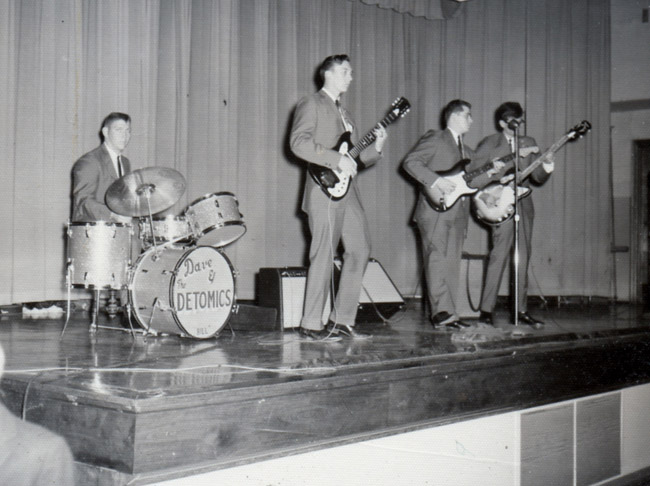
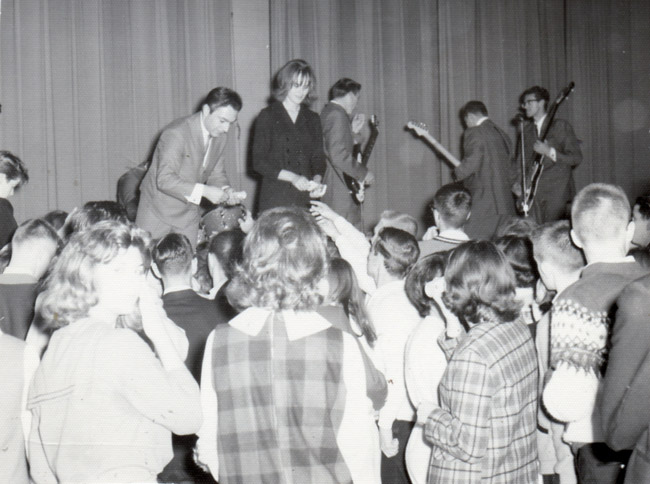
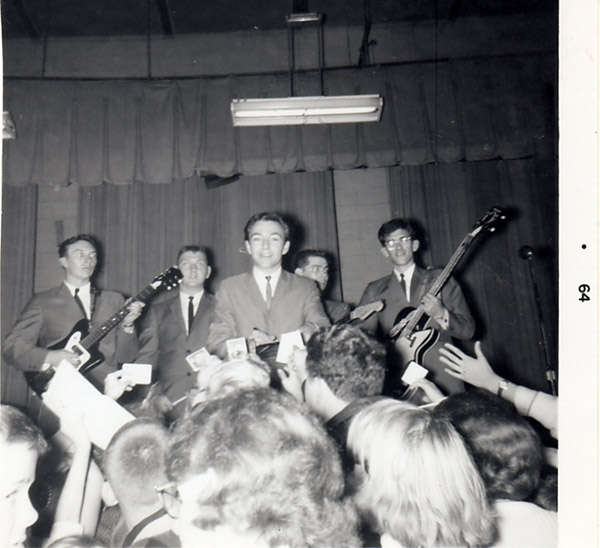
The band provided music for the Johnny Rabbitt show – the Rabbitt and Kay signed autographs & did some ticket magic – door prices, chances to another appearance of his, etc. Mainly, it was a venue for him to give away stuff and to mingle with his listeners. To my recollection, he and Kay came alone, I don’t remember any handlers or entourage.The business address for KXOK was was a small one-story house or building as I recall – you could easily drive by it, and we did! I don’t think that our records made it to KXOK—by the time we did them the Rabbit was gone, I think.
Galen Johnson: “One thing I remember from the Johnny Rabbit show was him picking up a phrase we told him while visiting his show, and then using it on his show. That was ‘Hang it on your ear.’ I don’t even know now what that means, but he used it anyway.”
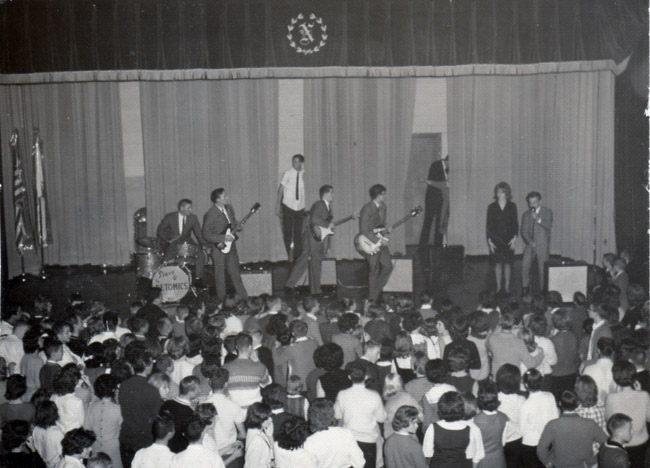
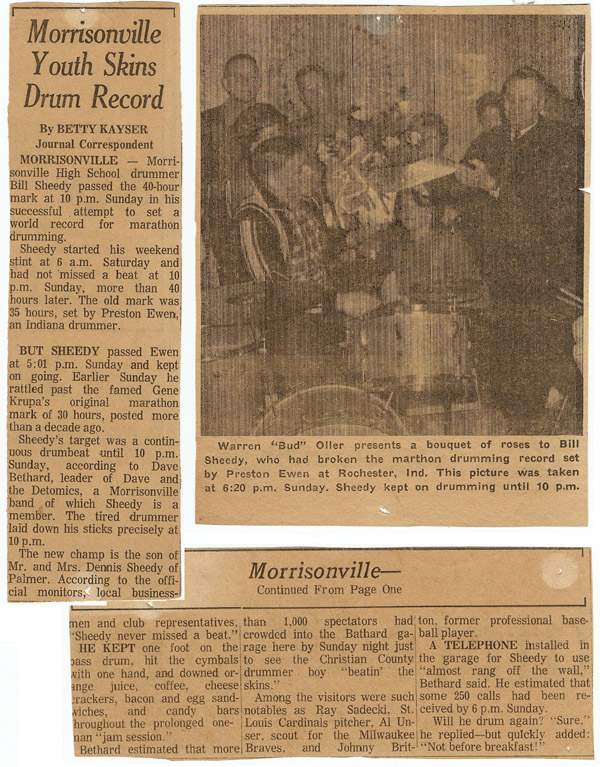
Probably the pinnacles of our band efforts would have been two major events—Bill Sheedy became the World’s Marathon Drummer in 1964 (I think). This gave him and us front page coverage on most media in the vicinity, and some world wide coverage as well. He played his drums for 40 solid hours in my dad’s garage (our practice spot) and had hundreds and hundreds of people come through during the event. It was over a weekend, so we all got to skip school on Monday—pretty much excused, as it was a big local event.
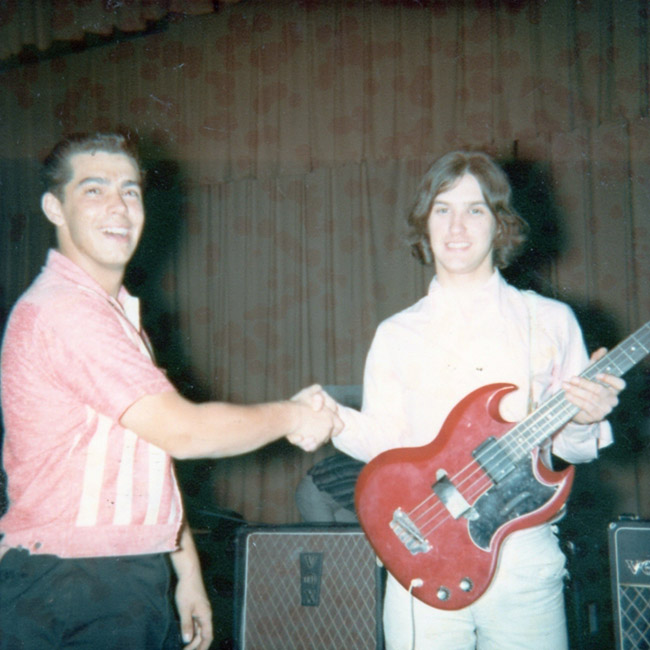
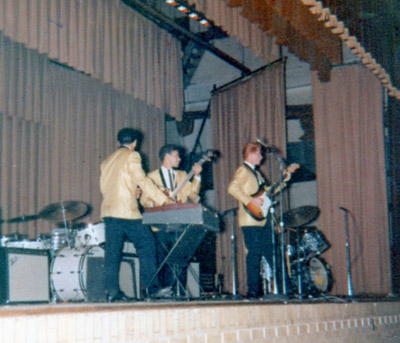
The band did a three day tour (Peoria, Springfield and Decatur, dates uncertain) with The Kinks, Paul Petersen, The Rivieras, and the Hollywood Argyles. Dick and Dee Dee must have been scheduled to appear, but didn’t. Along with another popular local group from Springfield (Randy and the Ramblers) we got to spend a few minutes with the ‘big boys’, while they filled in between bigger audiences in Chicago and St. Louis. That week, all told, with the other ‘normal’ bookings, we appeared in front of about 10,000 people—certainly a huge increase from our norms. And the best part of it all was that they paid us to do what we would have volunteered to do for free!Pretty heady stuff for high school kids!
Galen Johnson writes: “I was in the Illinois State Police and my office was in the Armory Building in Springfield during the last part of my career. One of the people I worked with, Larry Ball, discovered Ray Davies from the Kinks had scratched his name in the marble wall in one of the bathroom stalls in the basement. They used that area as a dressing room during the concert in Springfield. It remains there today. Larry is from Springfield and remembers being at that concert. Mr. John Wayne Gacy was President of the Springfield J.C.’s at the time and that club had sponsored the show in Springfield. That is why he was there. During his murder trial episode there was an article in the Springfield paper about his life in Springfield and it mentioned his involvement with this concert. I wish I had kept that article now.
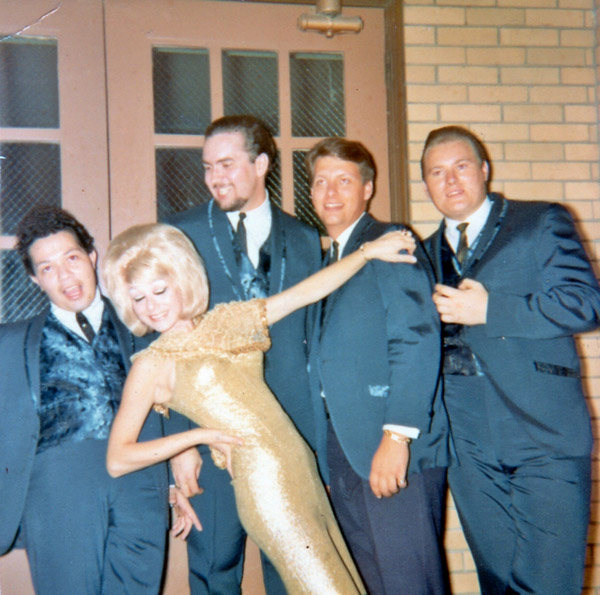
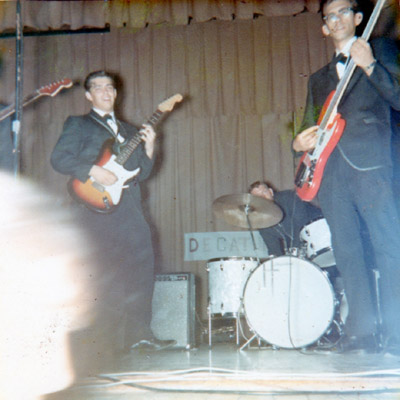
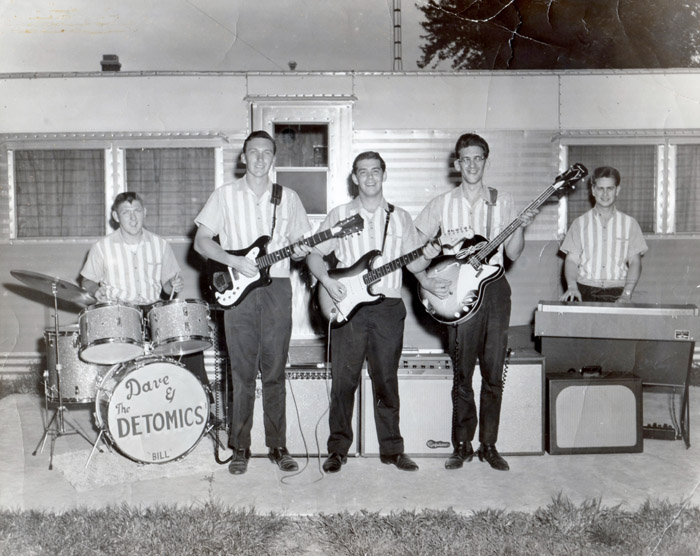
The 1965 Picnic Book was a black and white advertising publication for the Morrisonville Picnic and Homecoming (published by the same folks who published the local weekly paper, the Morrisonville Times) that came out each year, and contained numerous advertisements as well as photos and schedules for the upcoming events. The Homecoming was always THE big event in the year, and I’d bet they still have the books in another form, perhaps. They still have a big crowd for the annual event every July! I believe they also still have dances during the evenings too.Fuzzy and Galen were older, Fuzzy by several years, and Galen by one year. Fuzzy really left the group not too long before he went to the Army, and while there were some hurt feelings on both sides for a while, we were able to get past it, and continue our friendship. Galen’s departure was much more planned, but ultimately he went in the Army also. During the transition between Galen and Steve, we played with 3 guitars and a bass for a while.
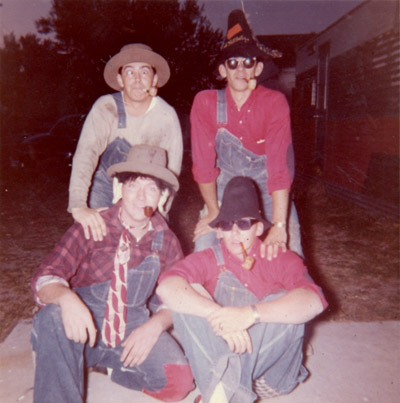
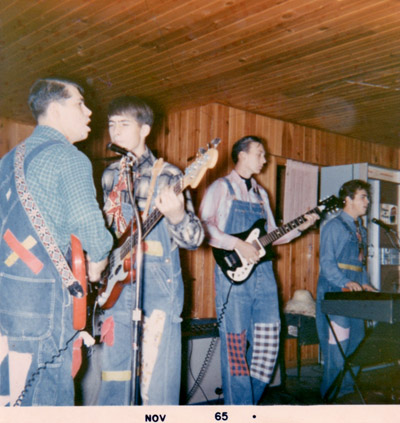
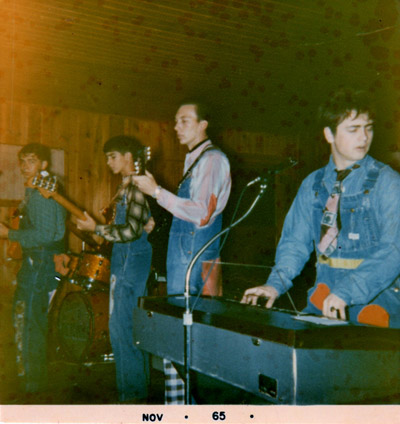
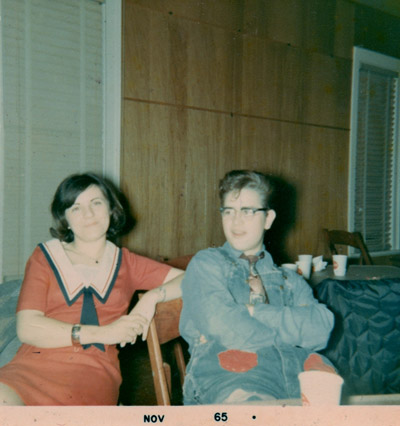
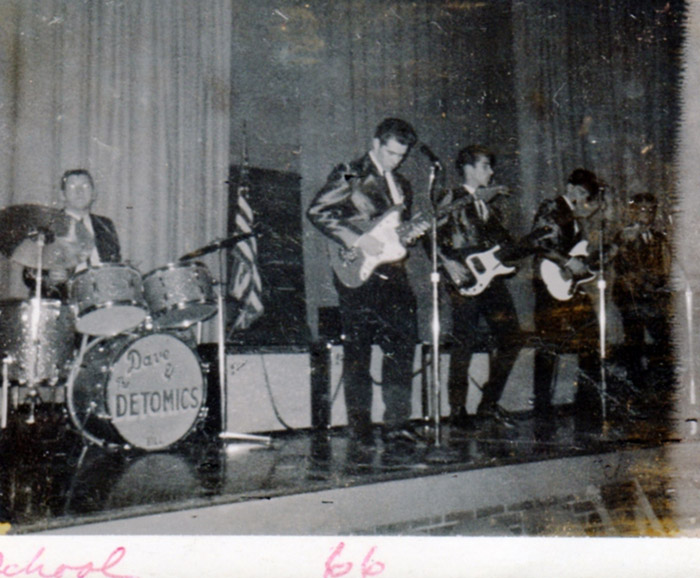
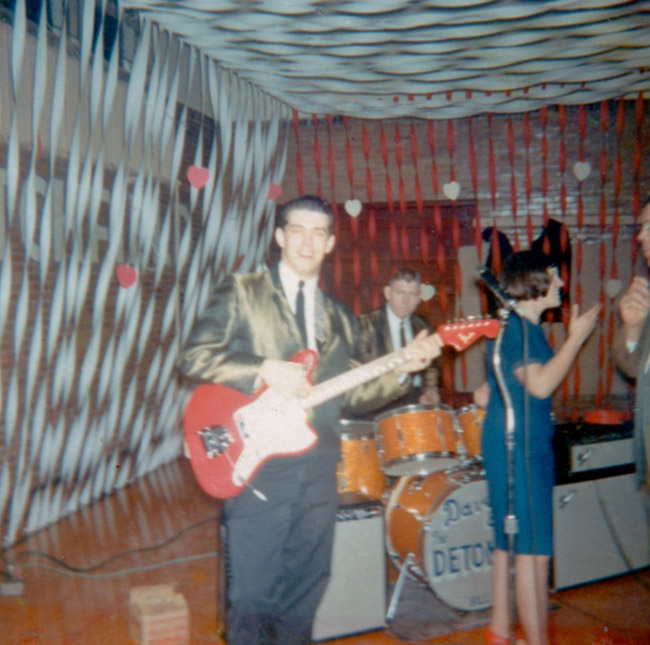
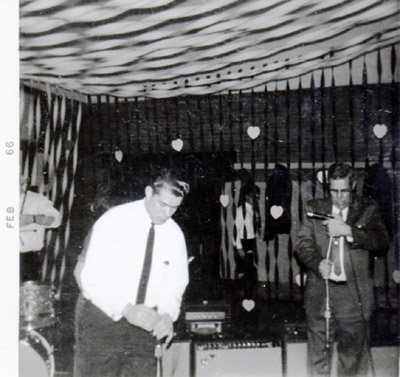
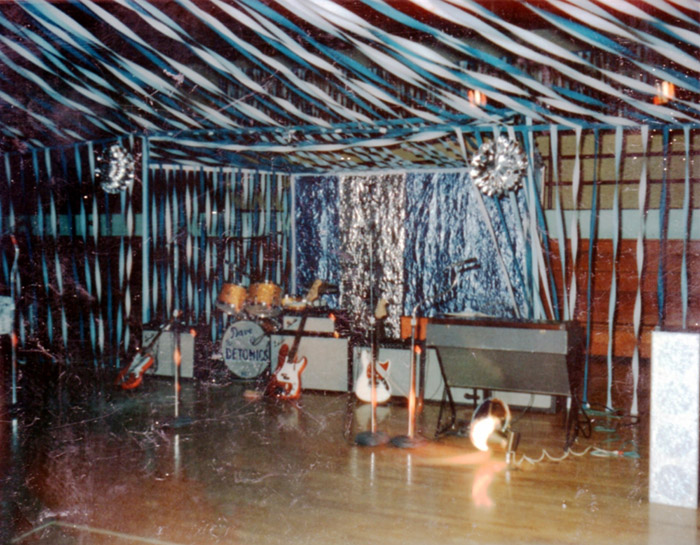
Our [first] 45 was an instrumental, side A being “Detomic Orbit”, and side B being “Shatter”. By way of example about how songs and groups superimposed on one another in those days, a version of that song was the theme song for a group we idolized early in our careers, called the Shattertones. We ‘borrowed it’ for our own—the sincerest form of flattery!
Dave and the Detomics – Detomic Orbit
Dave and the Detomics – Shatter
Q. After I wrote about Van Records, someone from Holland wrote to me to say his copy of Dave & the Detomics’ second 45 “Why Can’t I” / “Soft White Gloves” came from a Dutch publishing company called Belinda Records that had taken out an option on this 45 to release it in the Netherlands in the ’60s, but for some reason it didn’t materialize. The Detomics came close to having a release in Europe! Amazing if true.
The news about someone else releasing it is new to me, at least, and amusing at this stage of my life.
Lillie [who wrote “Soft White Gloves”] was my mom. Both parents were into and involved with the band—my mom actually had a dream, and the lyrics came to her in the dream. When she got up, she wrote them down and gave them to me with the story. I worked only a short time before putting the music to Johnny B Goode behind the lyrics—and with an uptempo beat, it sounded pretty good. My mom gave it her stamp of approval, and Jeanne was enthusiastic about it too. A song is born!
Dave and the Detomics – Soft White Gloves
Dave and the Detomics – Why Can’t II did find the 4 Audiodiscs (soft copy records with a metal middle layer) that Oscar Wells made for us. I ended up with more than a double CD full of songs—more than I thought we had.
None of the tracks was recorded in a studio. The 45 records were the best quality, and Oscar did those with his portable equipment in my dad’s garage (the band did adjust our volume and tone accordingly) right where we practiced every week!
The radio station tracks came from three audiodiscs that Oscar gave to us from three radio shows we did in 1966. Sort of like payment…but not exactly. Getting our butts up and on the radio at 09:30 am on a Sunday was tough—especially when we played jobs the night before, which was almost always the case.
Dave and the Detomics – Wailin’ and Oscar’s Theme
Dave and the Detomics – Theme Song and Oscar’s ThemeThe rest were from a session Oscar did for our use only, not for sale (to see what we really sounded like), in 1964 when Monte first joined the group — a full 33 1/3 lp of our early days, recorded (the same way) in the Morrisonville (Illinois) American Legion Home, which we rented for $50 just to do that for an evening. I still have the soft discs, and that’s where all of the CD music came from— none of it is even in stereo. At least it’s durable…has survived all these years—and now, it will live forever in the digital world!
Dave and the Detomics – Mr. Moto
Oscar Wells was a country boy trying to navigate in a city world, and he was somewhat out of place. He was a wonderful person, and was honest, very patient, and helpful in all of our dealings with him. That area of Central Illinois, and his show in particular were more country than rock on most days, if my memory is accurate. Any place where the ‘Swap Shop’ is a hit local radio program for years running, isn’t exactly deep in the heart of the city! Oscar did only good for us, and may he rest in peace.
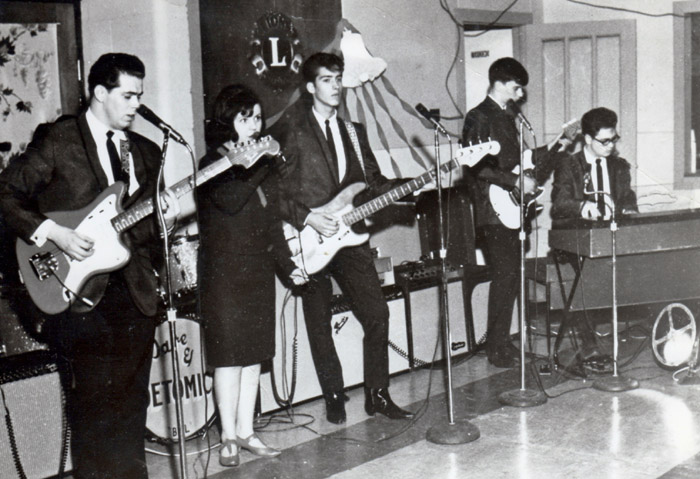

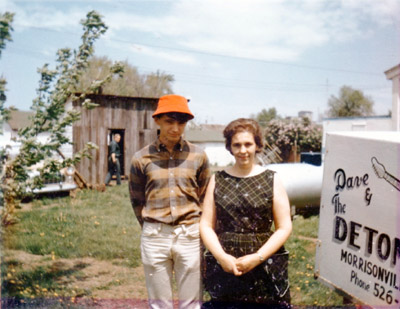
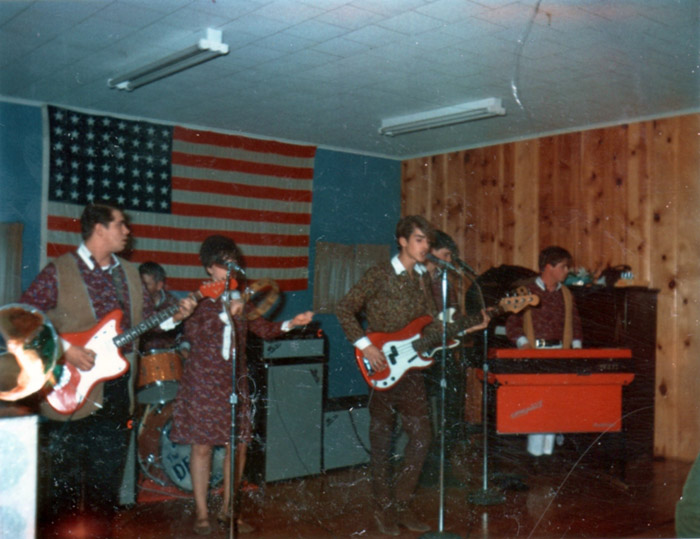
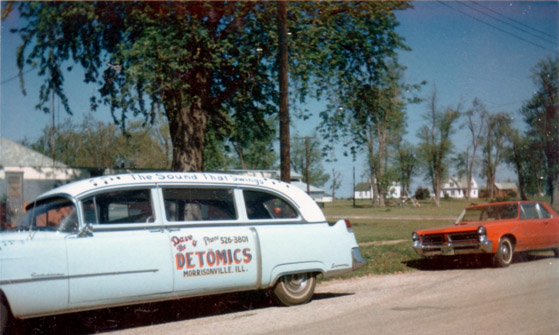
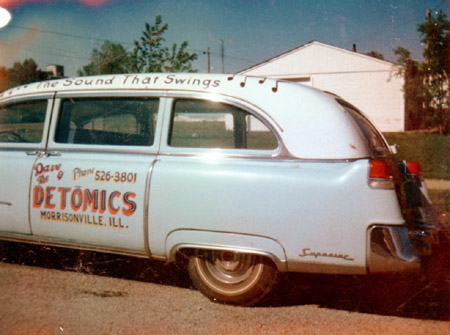
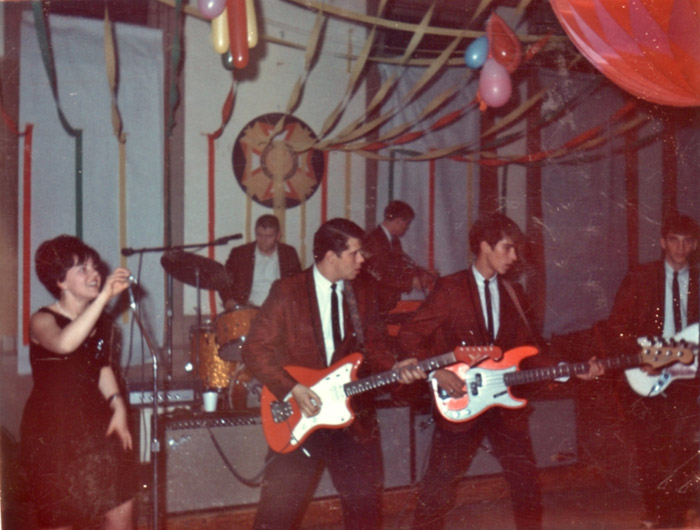
Vince and Jeanne were the seniors of the group when we broke up at the end of 1966—they were both in college. I had just graduated from high school, and the rest were at least a year behind me, I think—my point being—we were just kids doing pretty good work for our ages. We did several high school proms, which were just making the transition from ‘all slow songs’ to ‘a mix of slow and rock songs’, and we always were nervous about them, as we preferred rocking, to playing endless slow songs….plus we didn’t know all that many slow tunes.Dave & the Detomics disbanded after playing our final job on New Years Eve 1966. We were hired by a younger faction of the Auburn Country Club who wanted a rock band for New Years—so they got an upstairs place in downtown Auburn, and we did that job as my last one, and I still remember it like it was yesterday.




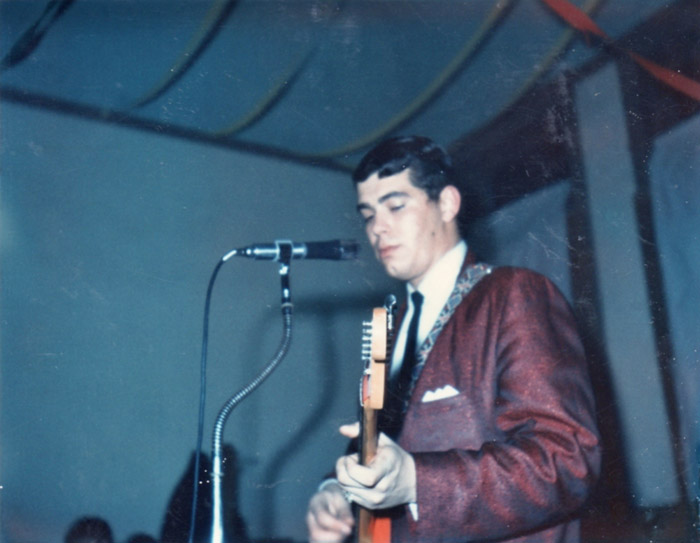
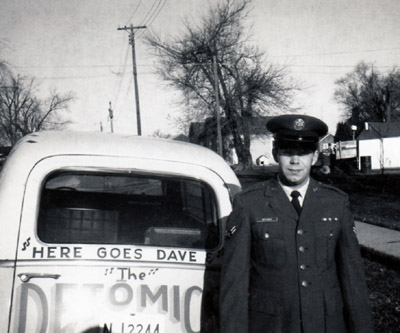
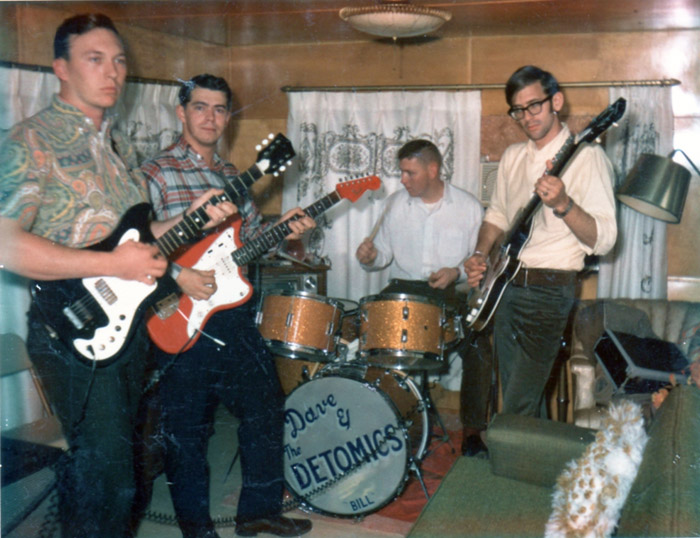
After that, I went off to the Air Force in February of 1967, and the remaining band members, Monte McDermith, Steve Westoff, Vince Slagel, Jeanne Eichoff and Bill Sheedy went in other directions. All but Bill and Jeanne went to the Reactions[see clipping at bottom of that page], and, so far as I know, neither Bill or Jeanne joined any band on a full time basis after that.Those times were tough on 18 year old males not in college. There was a military draft and we all knew we would end up in the military in some manner. I just scheduled mine by enlisting, which was a very pivotal time of my life.
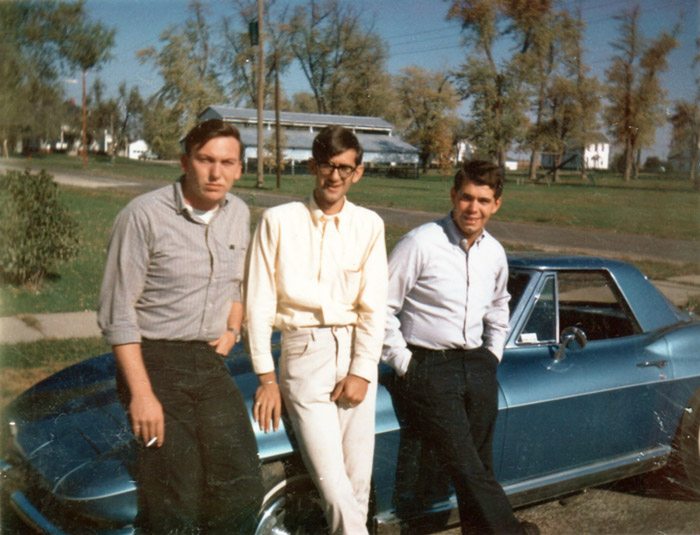
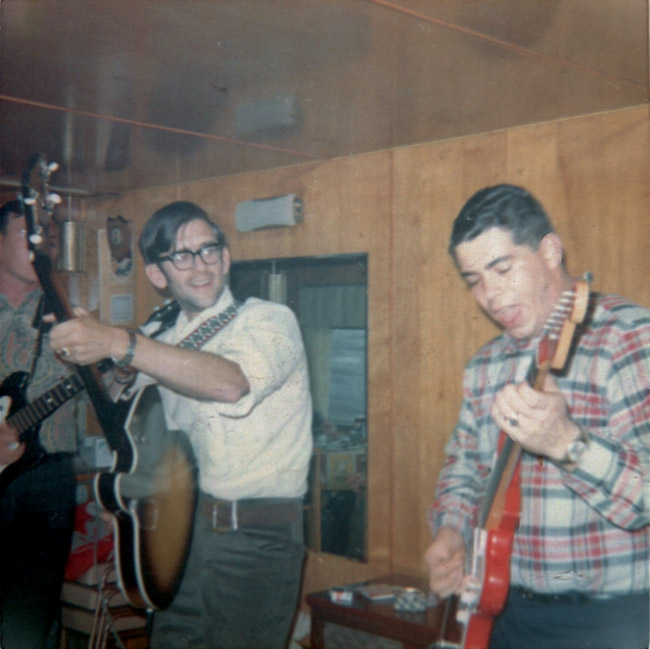
Vince and Jeanne Slagel are married, and live in Georgia after both having very successful careers outside of music. Steve Westoff still lives in Litchfield, Illinois, and is married. Bill Sheedy is married, and still living in Morrisonville, Illinois. Terry Johnson is married, still plays bass and lives in Missouri. Galen Johnson is married, still plays guitar, is a retired State Policeman, and has a successful real estate business in Pawnee, Illinois. Monte McDermith is deceased.About 4 years ago I found and reestablished contact with all of our band members that are still living, and with Monte’s dad and family. I was also able to locate and make contact with Jeanne Weber, our band manager from the earlier days, who is also now deceased.
I live in Florida, I’m married to a woman I met in my Air Force tour in Japan in 1970, and I’m retired after an aerospace career, and still own, but rarely play guitar. We are all still friends, and communicate on occasion.
Dave Bethard, 2012
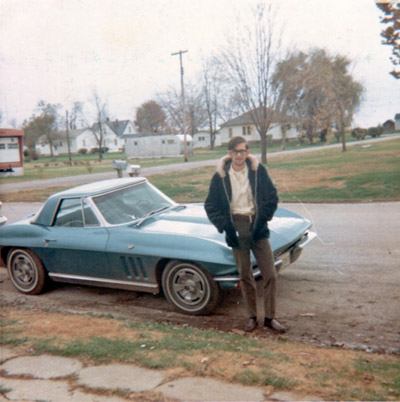
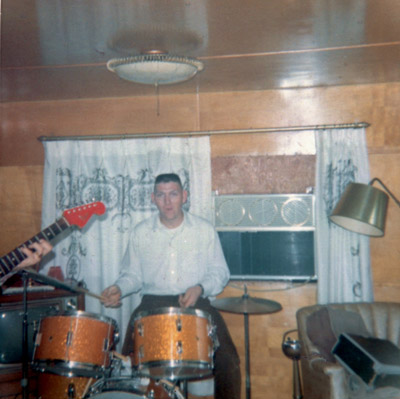
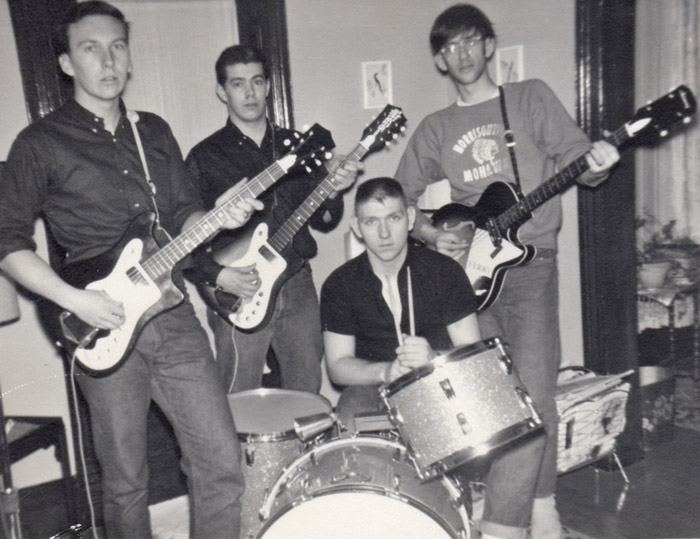







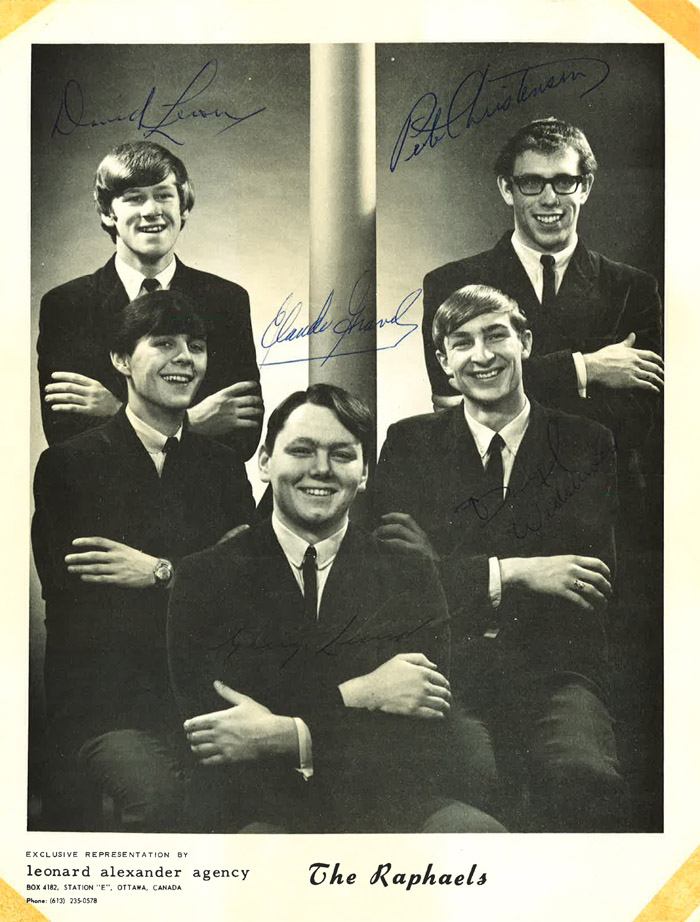


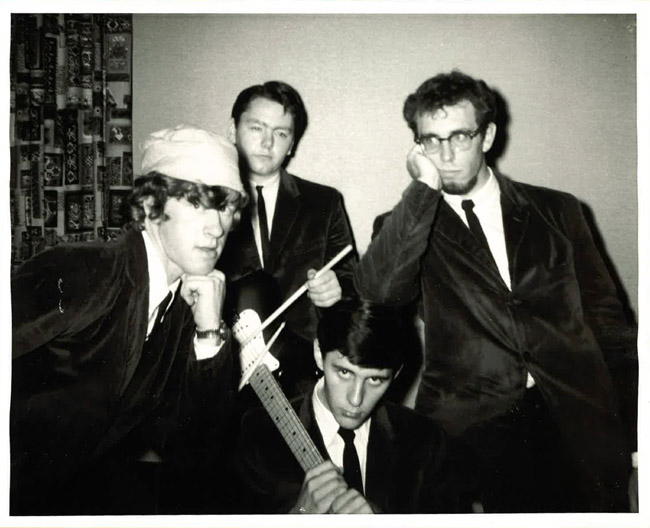
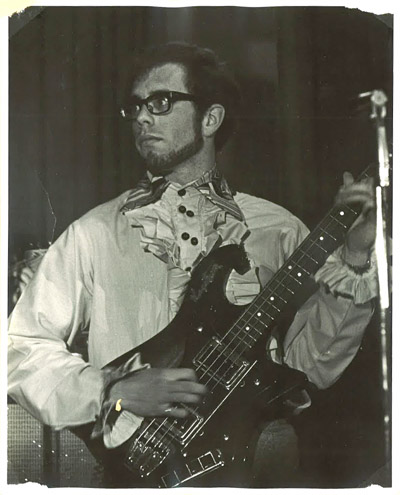
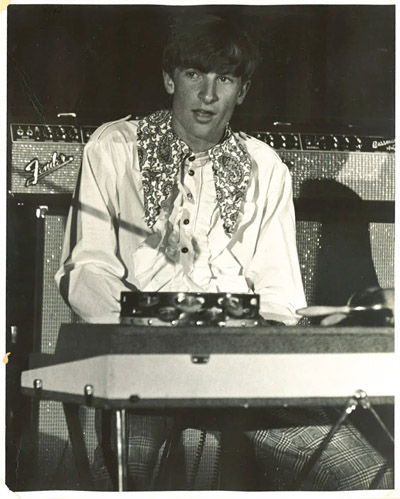
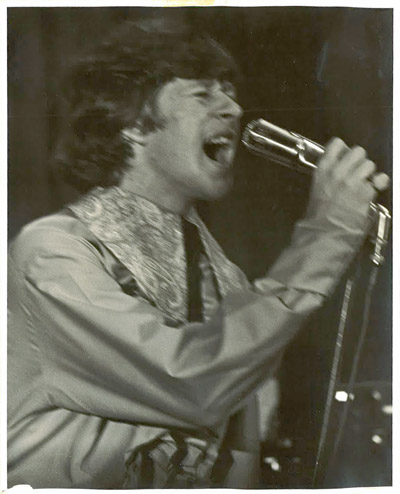
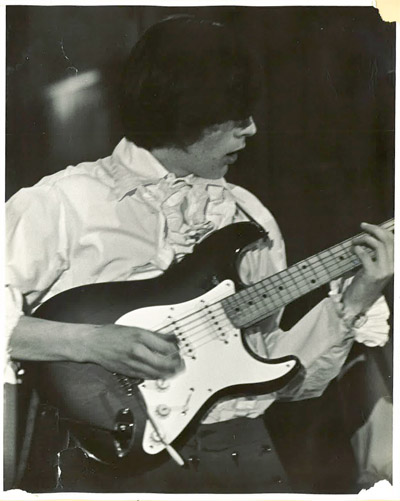
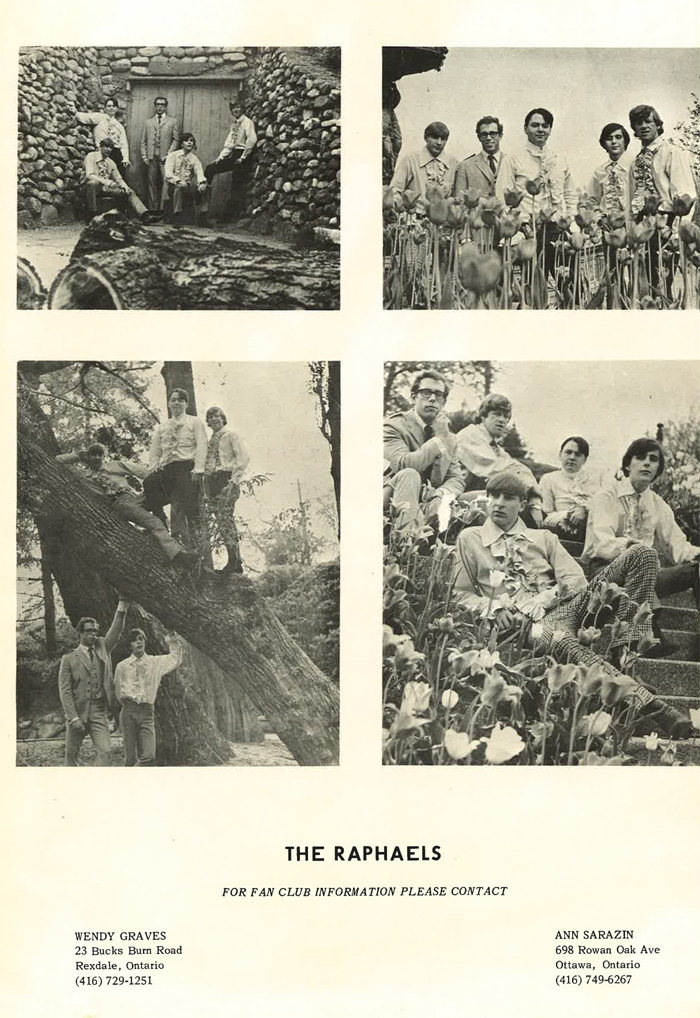
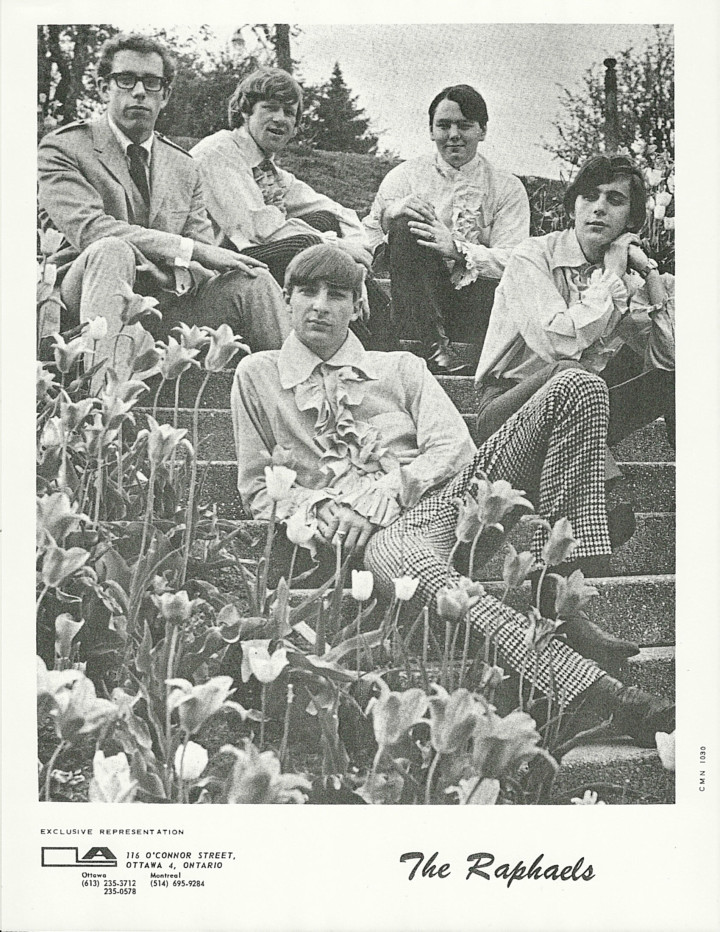
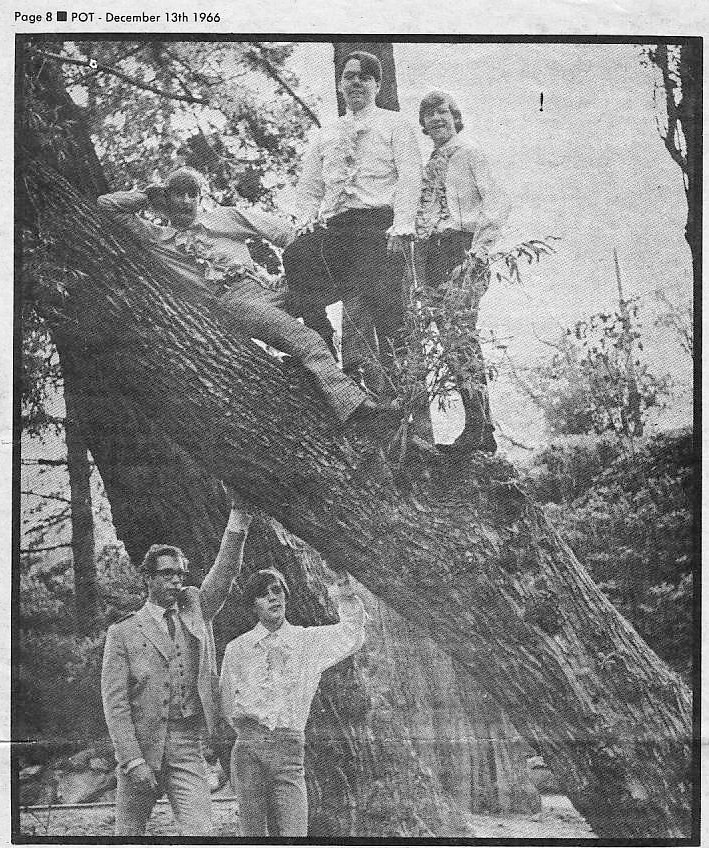

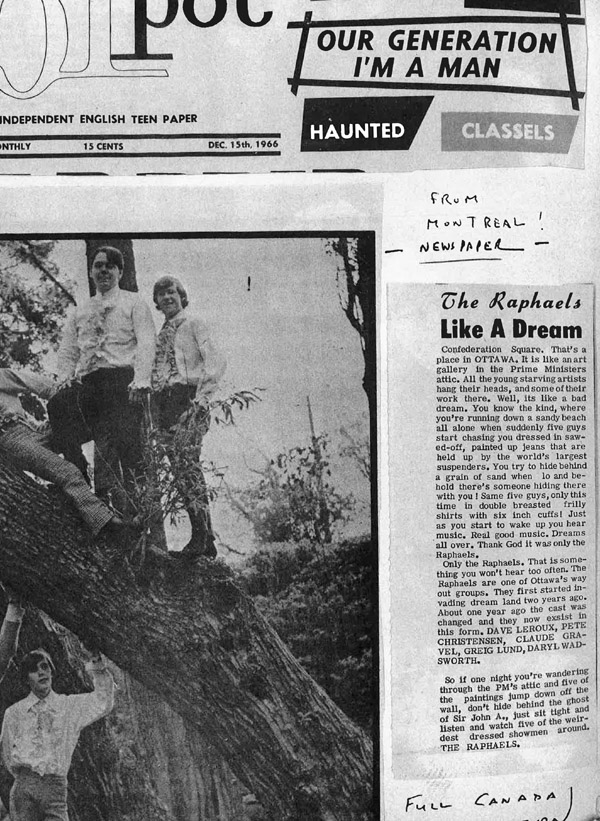
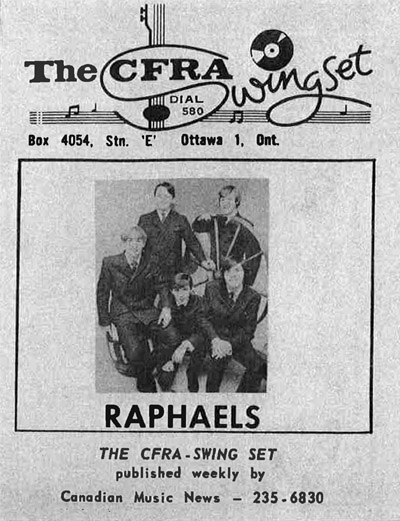
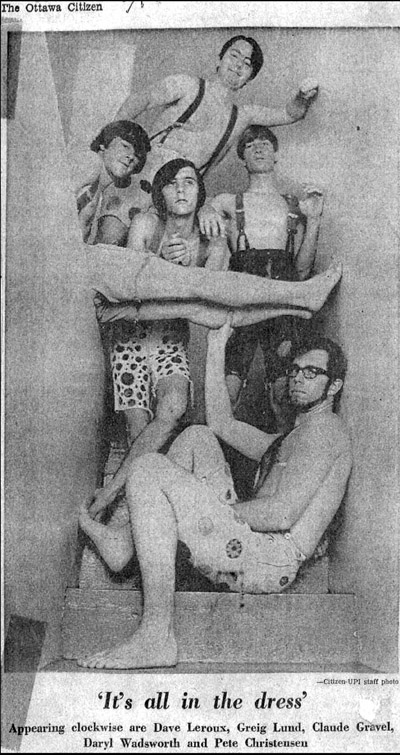
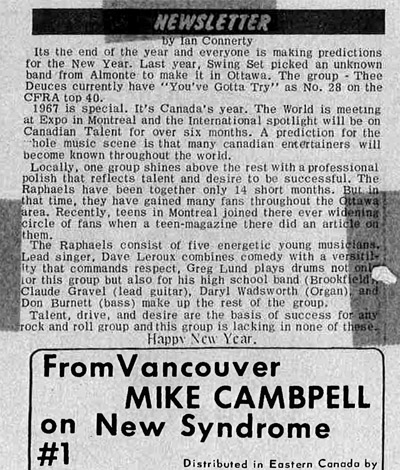

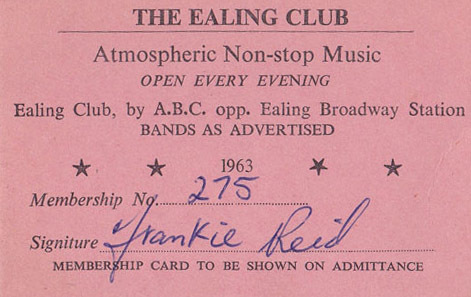

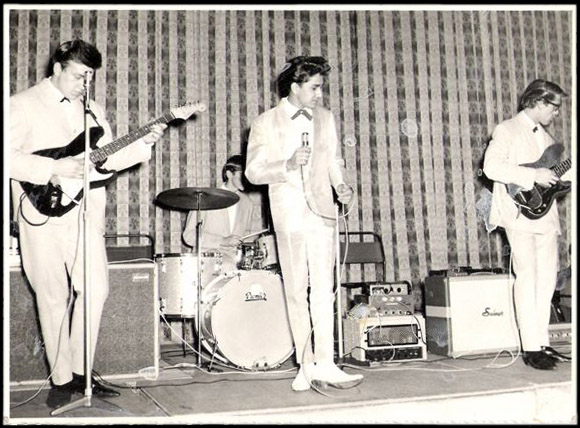
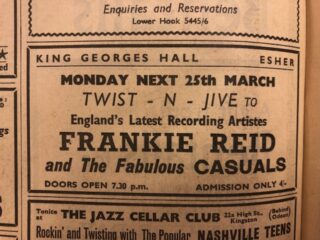

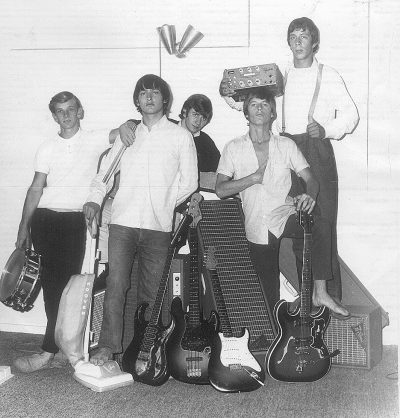
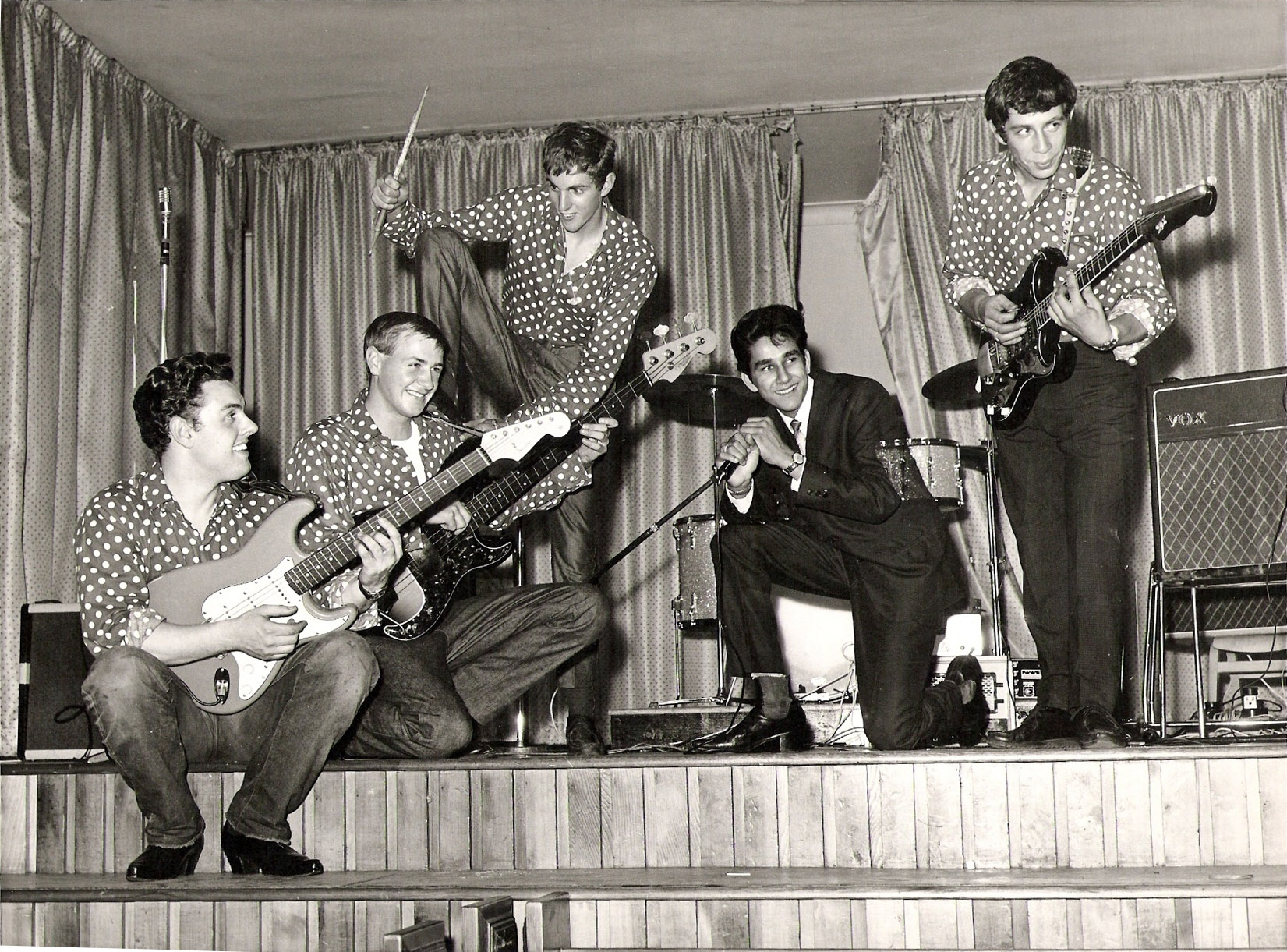
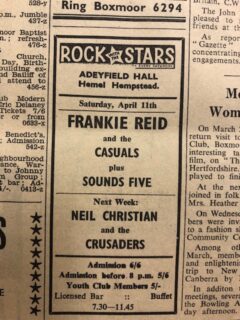
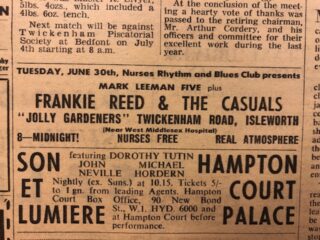
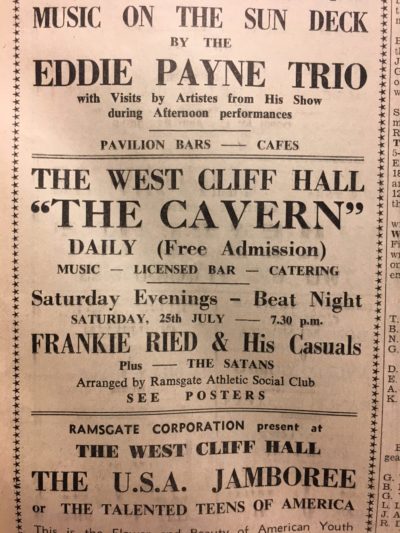
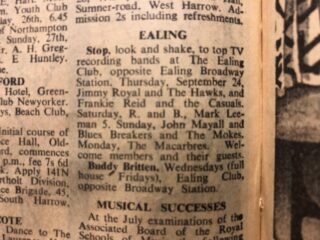

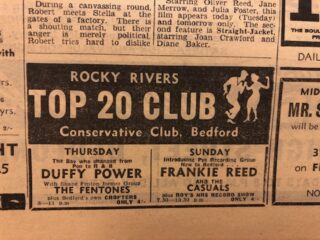
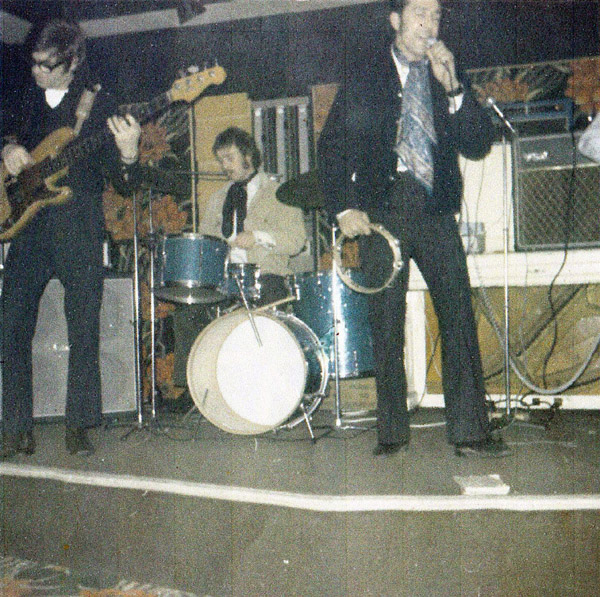
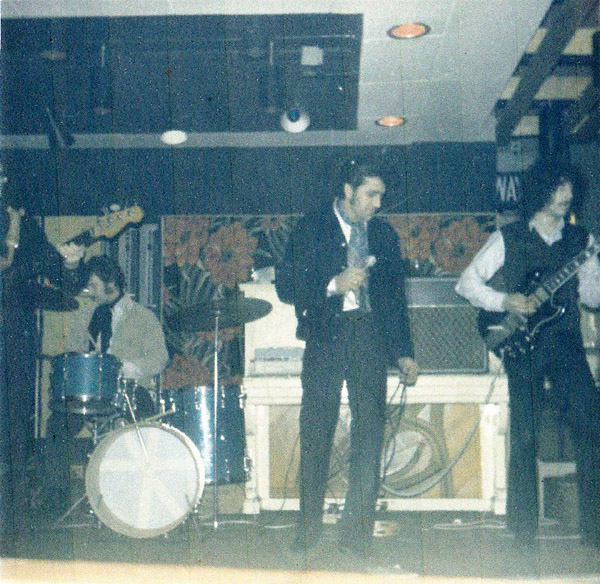
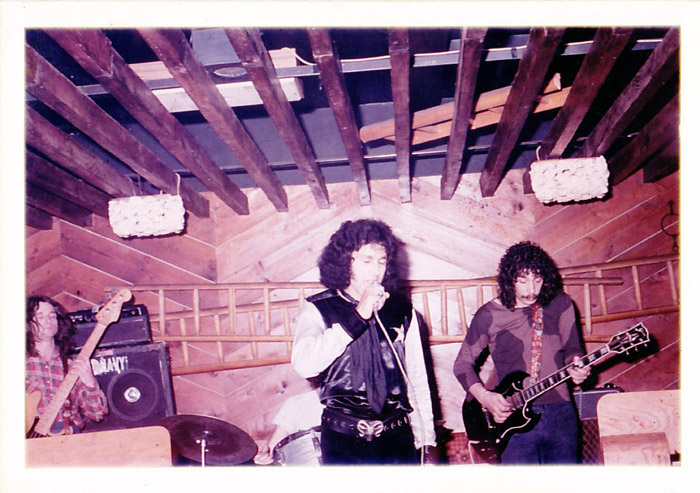
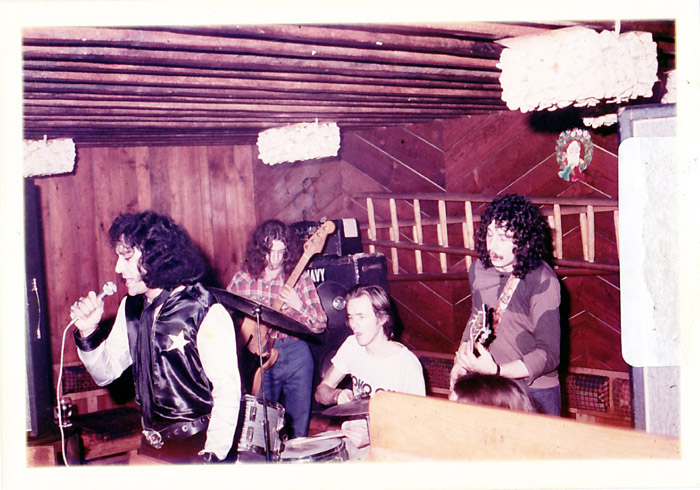
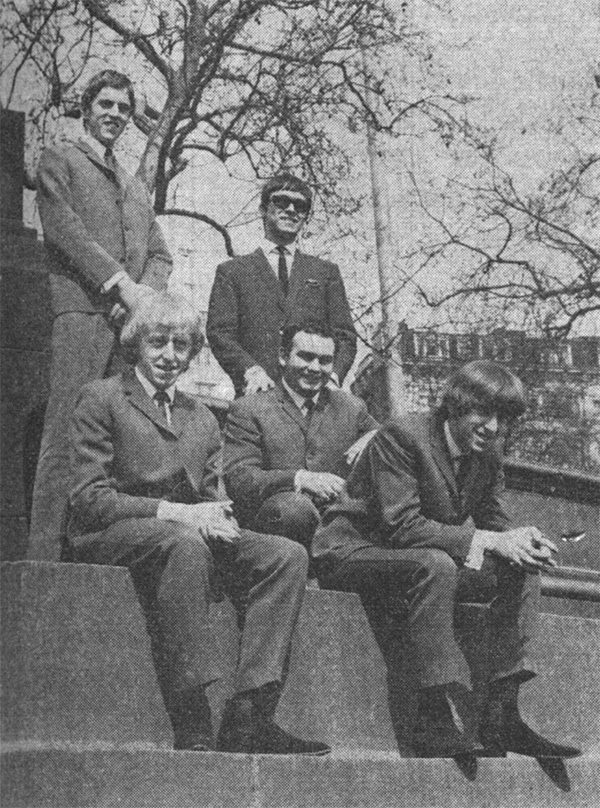
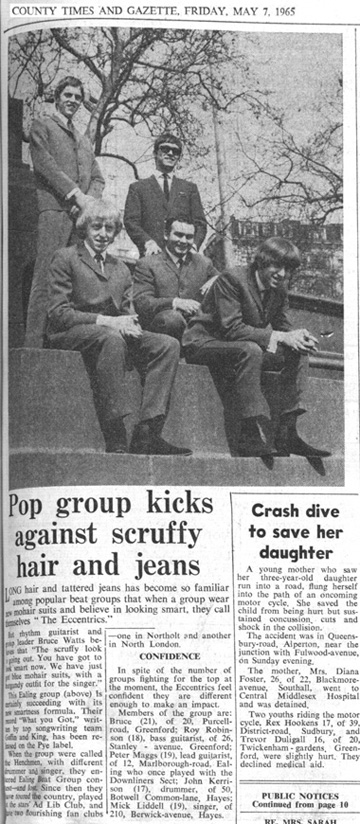
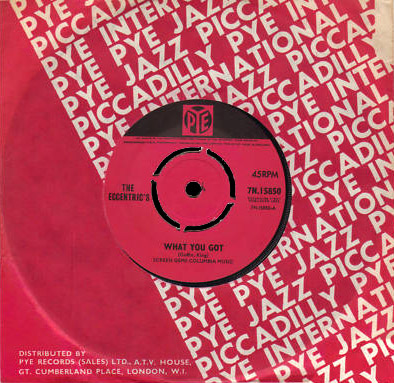

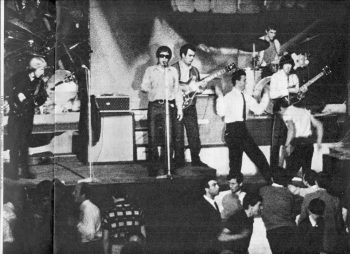
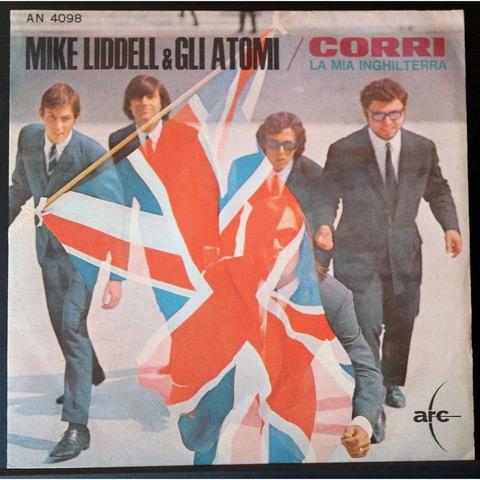
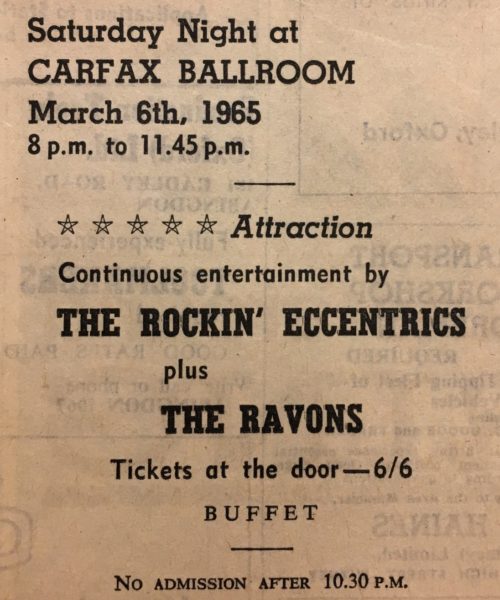
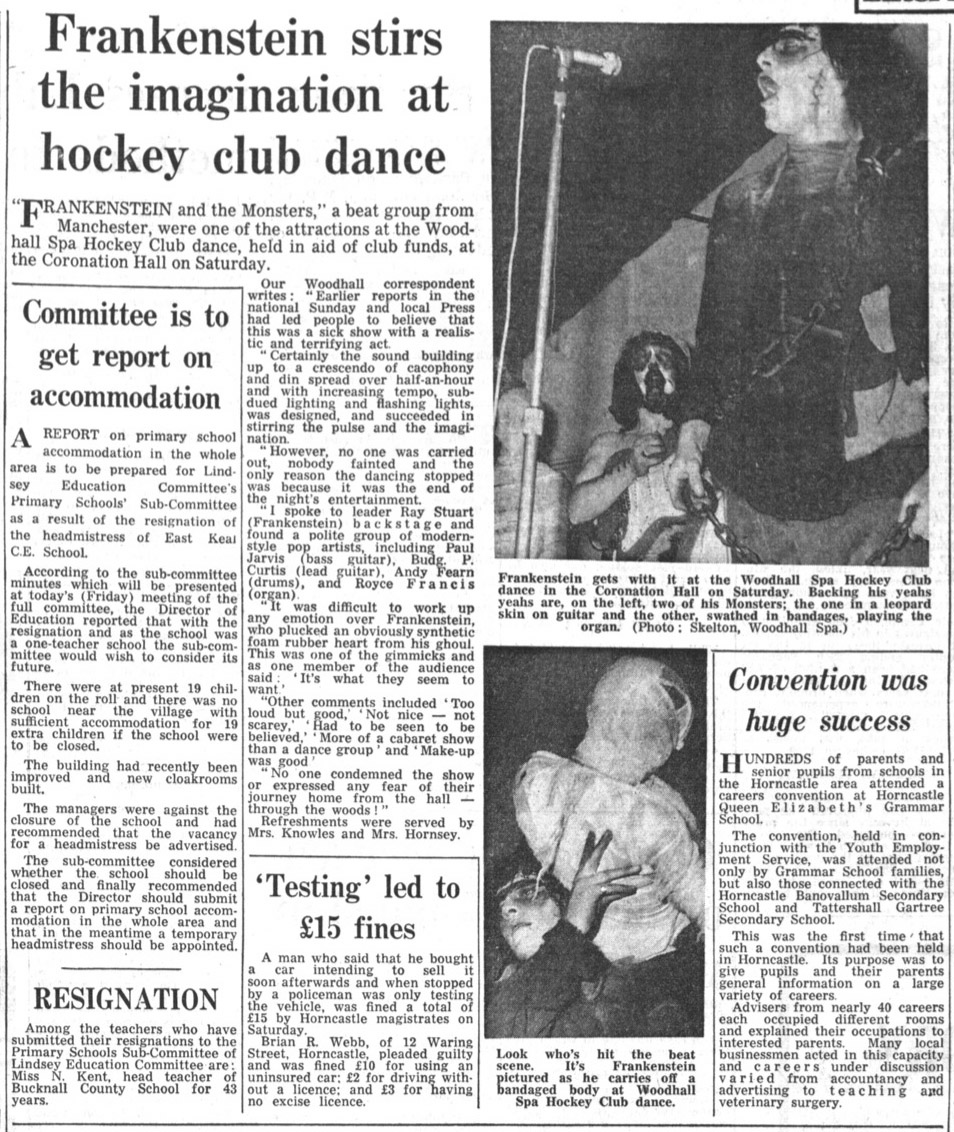
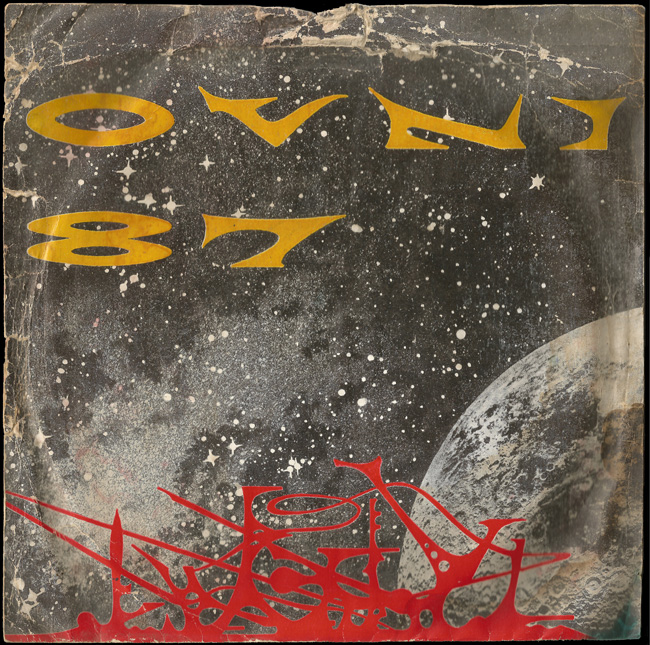
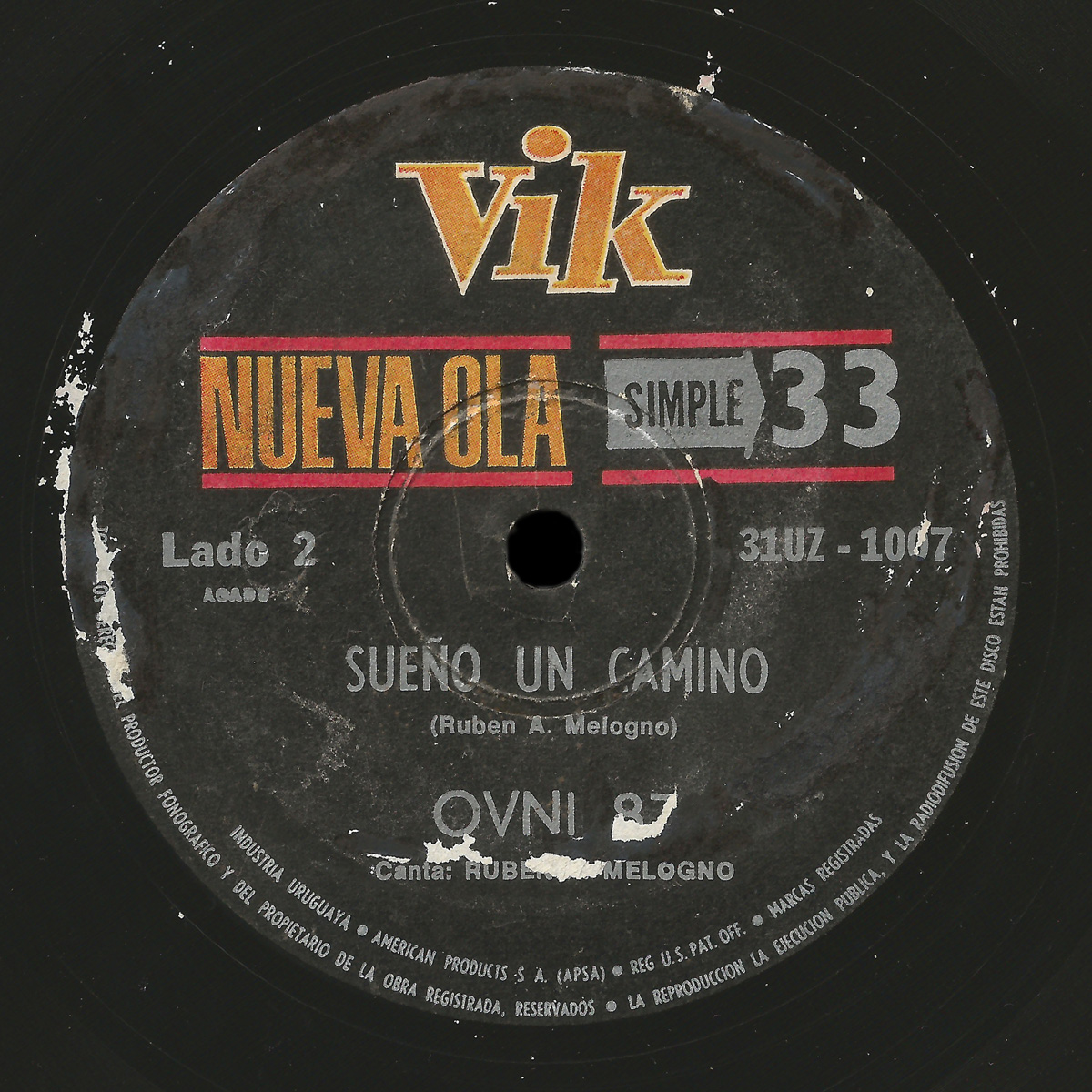


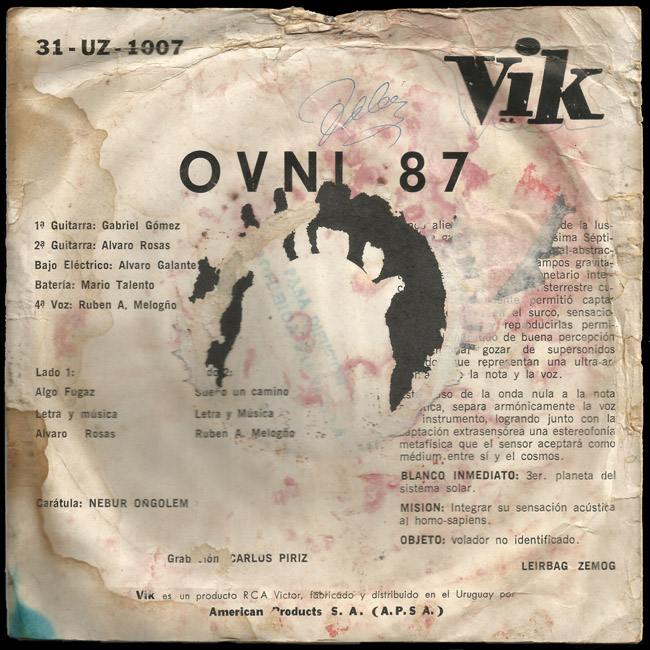
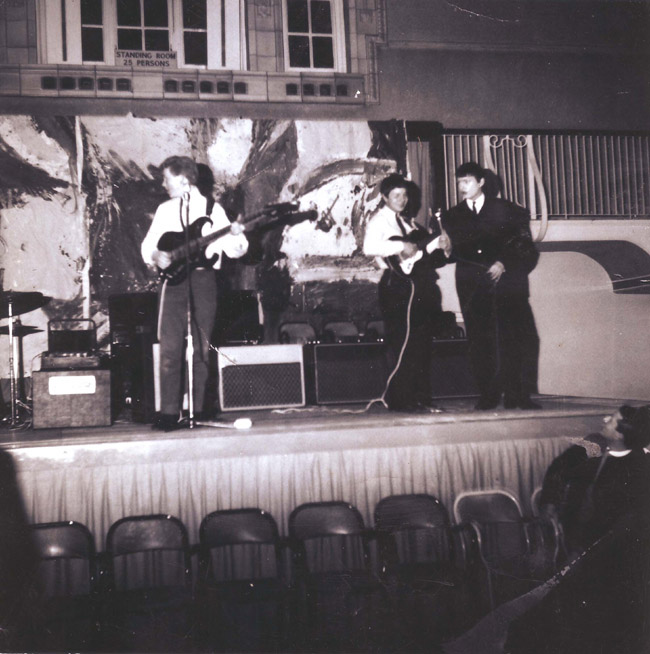
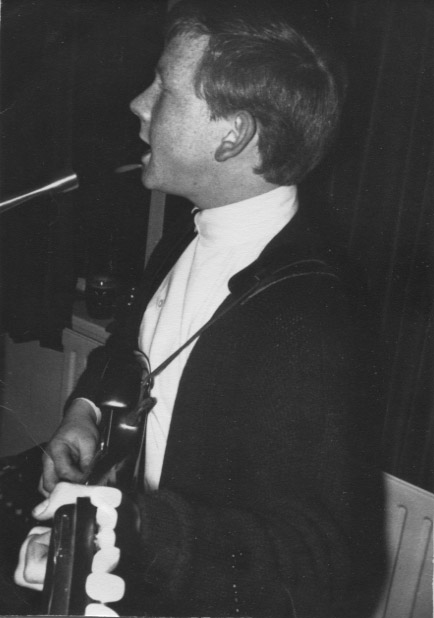
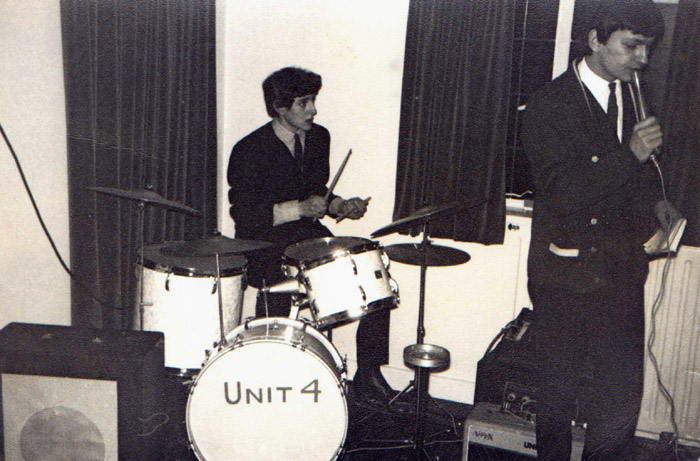
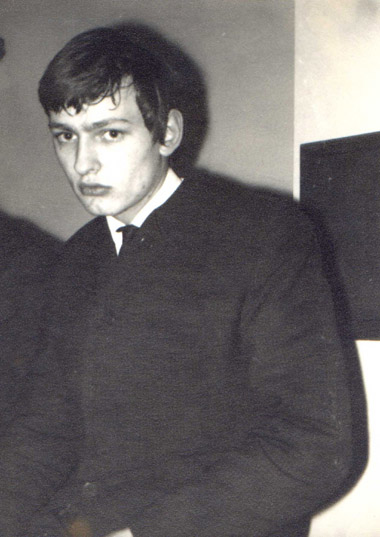
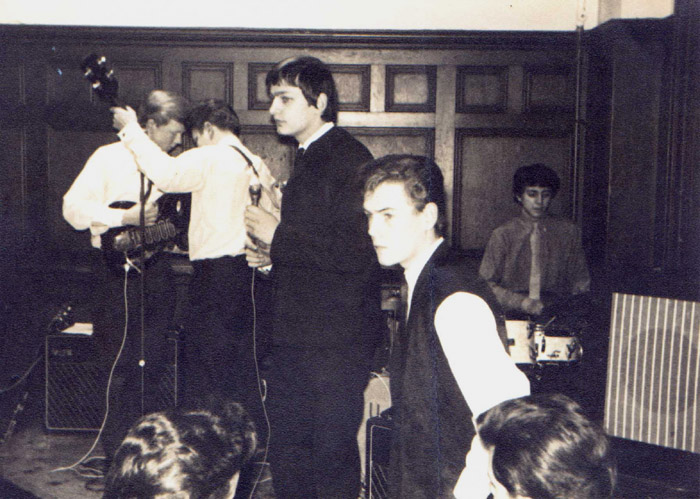
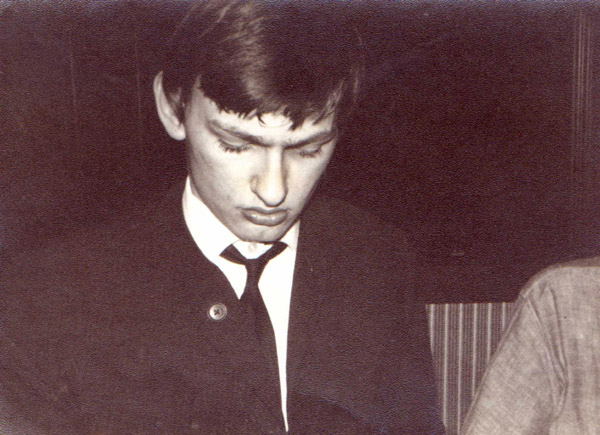
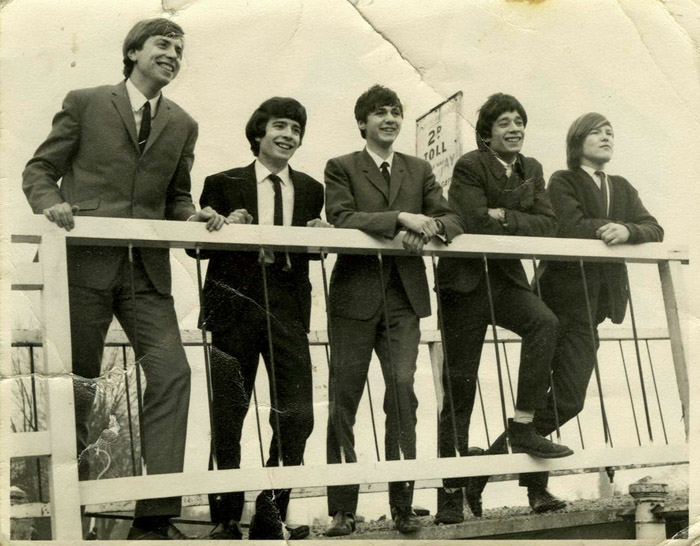
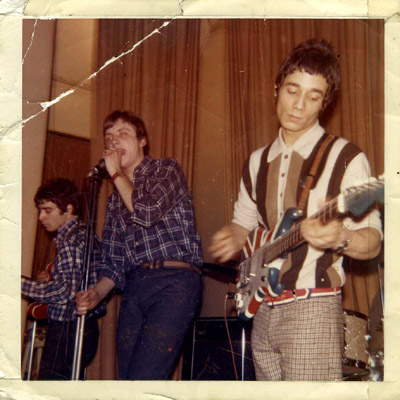
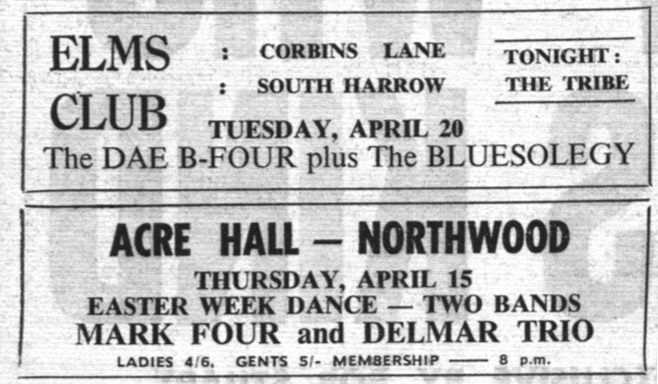
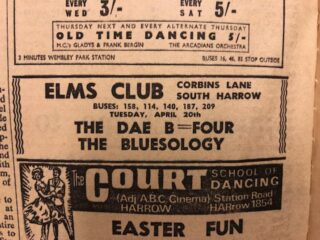
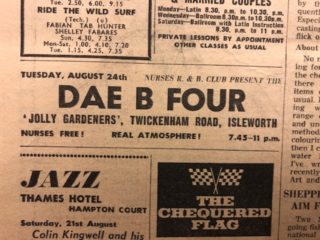
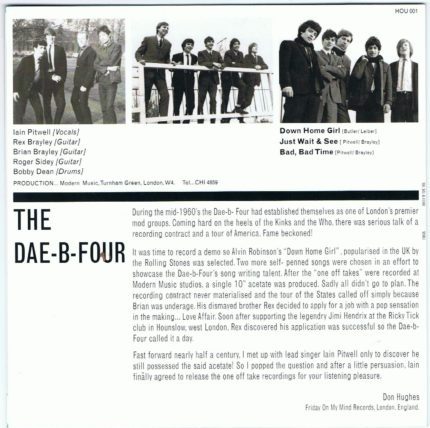
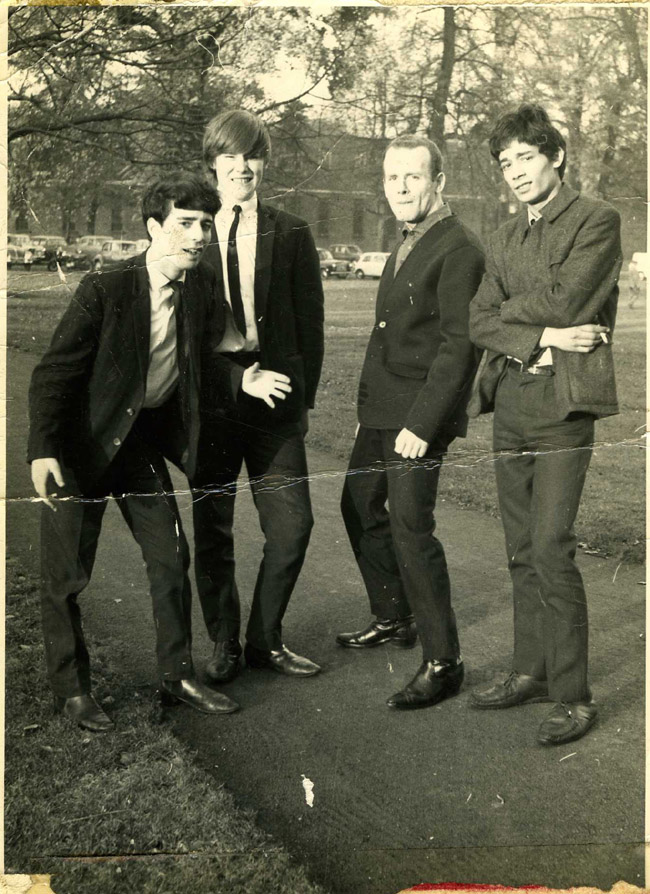
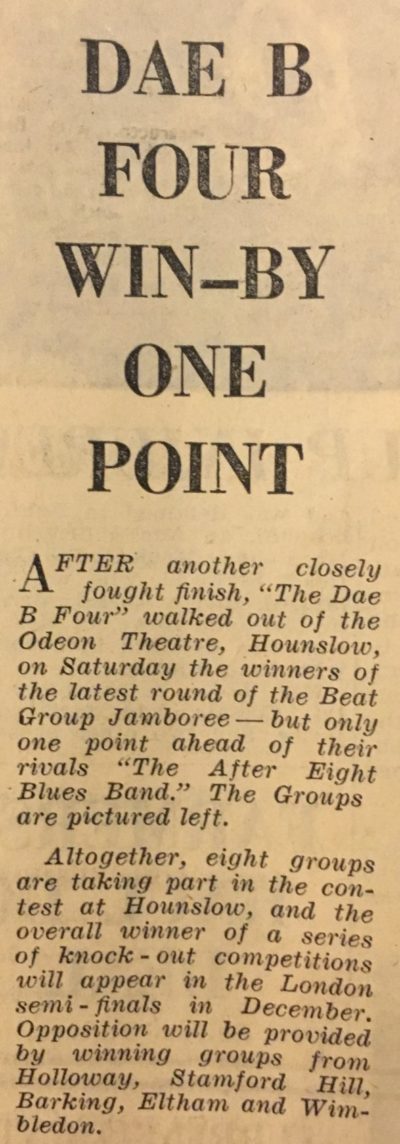
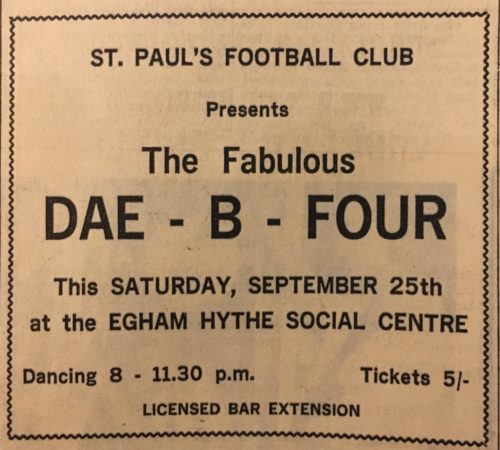
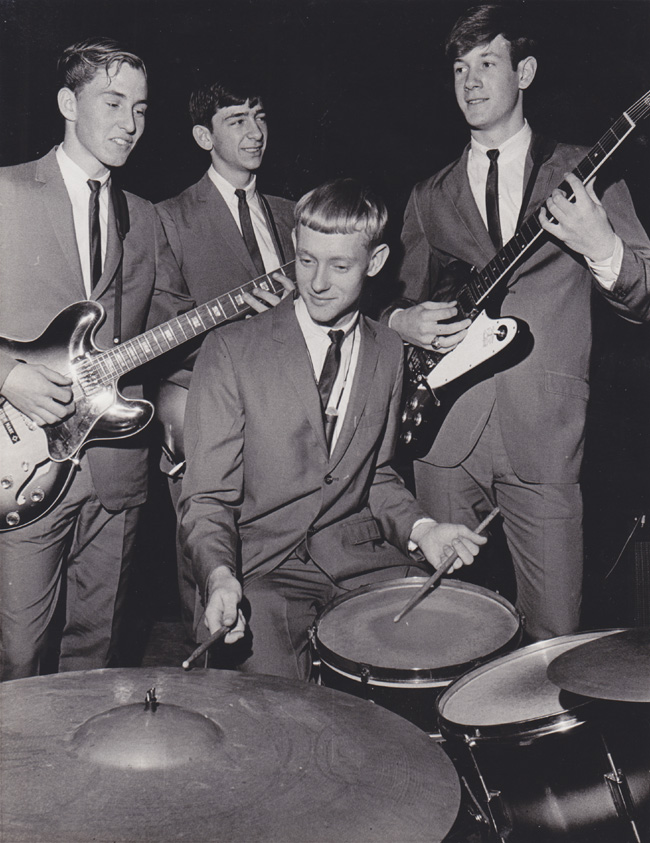
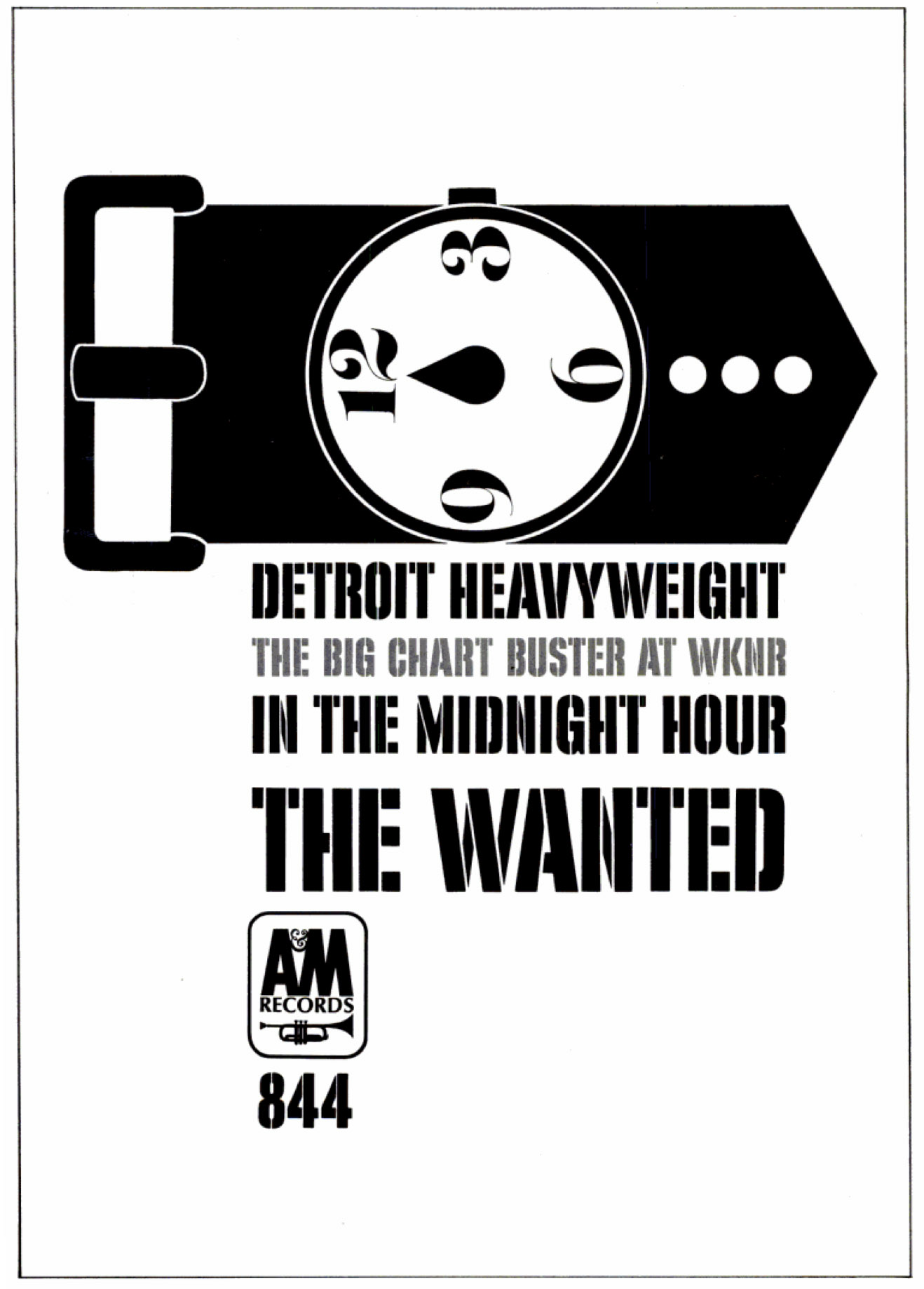
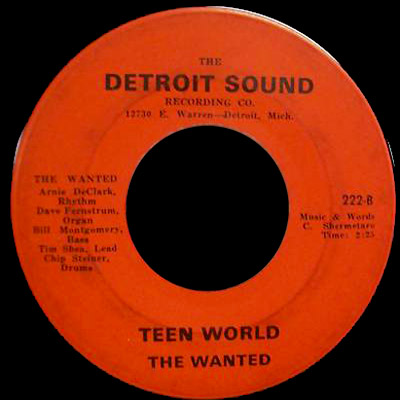 The Wanted released eight songs on six different singles, four on The Detroit Sound and two national releases on A&M.
The Wanted released eight songs on six different singles, four on The Detroit Sound and two national releases on A&M.

